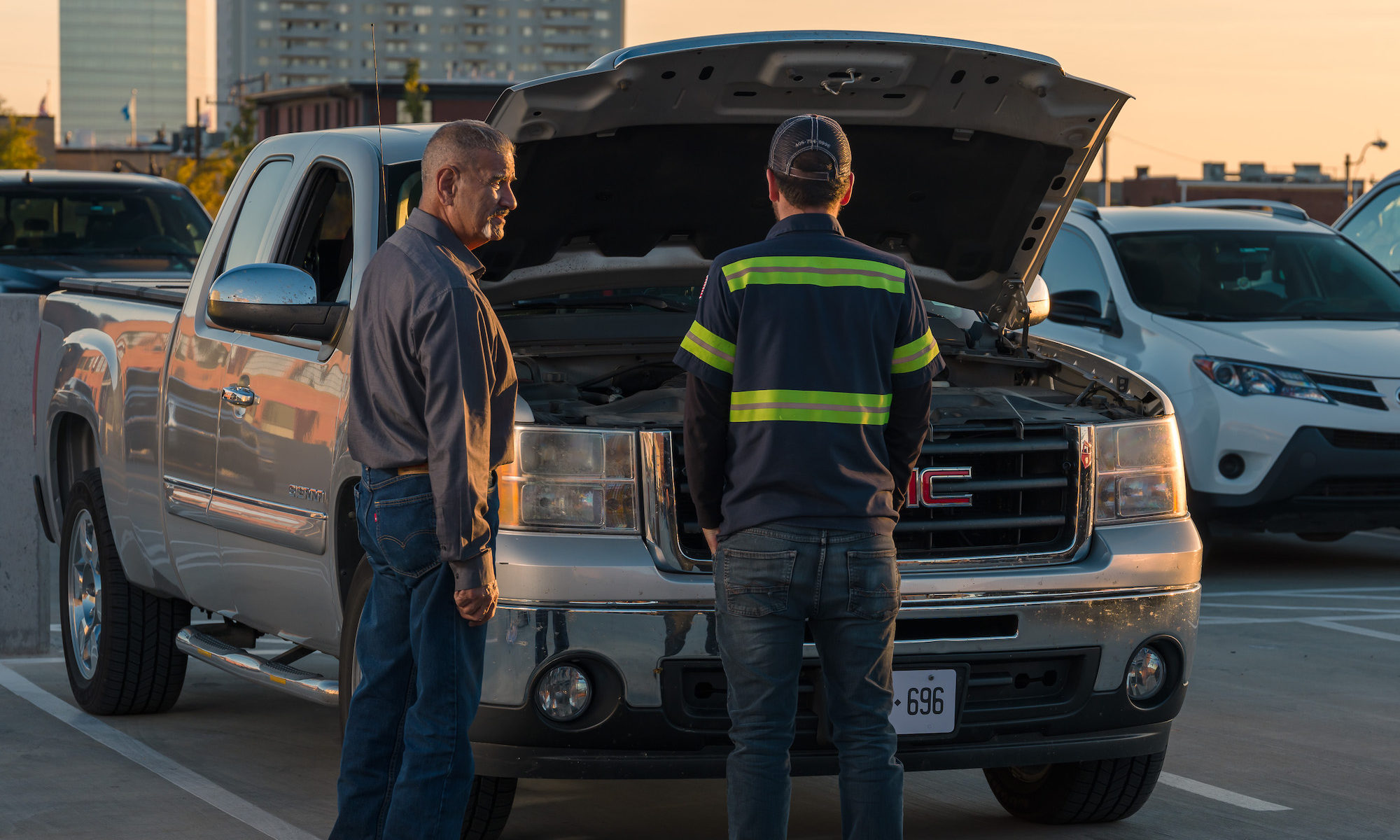Get this deal! Call now.
Speak with a vehicle protection plan specialist and get $300 off any new contract instantly.
Call 866-678-4172
or scan the code below


High mileage cars used to be considered a rarity on the road, but that has changed now that America’s average vehicle is 12 years old. The secret to keeping a used car in prime condition for longer has less to do with the number on the odometer and more with regular maintenance and breakdown protection.
If you’re someone who’s planning on purchasing a high-mileage vehicle or looking to maintain one properly, then there is regular maintenance that you should do to keep your car in top shape.
With over 20 years of automotive experience, I’ve helped thousands of drivers feel confident on the road—especially for those who own an older car. Keep reading to see everything you need to know about high-mileage cars and used extended warranty options.
On average, drivers put up to 15,000 miles on their car per year while high-mileage vehicles exceed that amount. If you heavily rely on your car, you most likely use it daily for both short and long commutes.
Although owning a high-mileage vehicle isn’t bad, they typically require special attention since they’ve experienced wear and tear from previous owners.
Before purchasing a new vehicle, you can request a Carfax report, also considered a vehicle history report, to see any major repairs the previous owner handled. You may also want to take it for a test drive to see if everything functions properly while in-use.
You can also visit any ASE-certified repair shop owner to check out the vehicle and highlight anything that can result in a breakdown soon.
Requesting maintenance records can also provide a good idea of what’s been done to the vehicle and how often. If you’re looking to purchase a certain high-mileage vehicle but the previous owner failed to get regular oil changes, then it may be best to look at other options.
Once you find the right vehicle for you, you’ll need regular maintenance more than ever to ensure everything is running properly. Seeing as maintenance can quickly add up, it’s best to have a plan in place to cover costs or invest in a protection plan which offers maintenance coverage, like EnduranceAdvantage™.
Like any vehicle, you’ll be required to get oil changes, annual tire rotations, and replace essential components like brake pads. Here’s a rough idea of what you can expect once reaching a certain mileage, but refer to your owner’s manual for additional information.
Some extended warranty providers only cover up to a certain mileage, which oftentimes excludes vehicles with over 100,000-miles on the odometer.
Endurance offers personalized coverage that offers breakdown protection for high and low-mileage vehicles. From Select Premier to EnduranceAdvantage, you can find the right coverage for you that ensures you’re protected against major repairs and provides everyday driving benefits.
If you currently own a high-mileage vehicle or looking to purchase a used vehicle, the best thing you can do is invest in an extended warranty that offers breakdown protection while keeping up with regular maintenance.
This will not only keep your car in the best shape over its lifespan, but you’ll also have a team of experts with you every step of the way. Endurance extended warranty coverage offers you the most comprehensive protection package on the market.
Select a plan to meet your coverage needs and budget—then, whichever one you choose, you’ll get 24/7 roadside assistance, substitute transport, plus trip-interruption costs if you have a breakdown away from home.
On top of that, you get one year of Endurance Elite Benefits for just a small activation fee, giving you access to a host of other great everyday driver benefits. Request a free, no-obligation quote today.

We're here to make sure you get the most comprehensive EV protection. That's why we've partnered with Xcelerate Auto to offer you transparent and dependable Tesla coverage.
Want us to contact you about XCare coverage for your Tesla?



Call for $300 off any new plan!
By clicking the button, you consent to Endurance using automated technology to call, email, and text you using the contact info above, including your wireless number, if provided, regarding auto protection or, in California, mechanical breakdown insurance. You also agree to the Endurance Privacy Policy and Terms and Conditions. Consent is not a condition of purchase, and you can withdraw consent at any time. Message and data rates may apply.
Speak with a vehicle protection plan specialist and get $300 off any new contract instantly.
Call 866-678-4172
or scan the code below



Simply fill out the information below and we will follow up fast with your free no-obligation quote.
By clicking the button, you consent to Endurance using automated technology to call, email, and text you using the contact info above, including your wireless number, if provided, regarding auto protection or, in California, mechanical breakdown insurance. You also agree to the Endurance Privacy Policy and Terms and Conditions. Consent is not a condition of purchase, and you can withdraw consent at any time. Message and data rates may apply.

To speak to a vehicle protection plan specialist and save $300
Scan the code below
As both an Army Veteran & ASE Certified repair shop owner, Andrew has made educating the modern driver an ongoing mission since the opening of his repair shop, Midwest City Autospa, in 2012. Read more about Andrew.